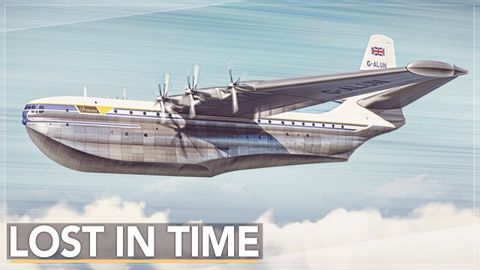What Happened To Giant Flying Boats? Saunders-Roe Princess Story
joey joey が 2021 年 05 月 31 日 に投稿  この条件に一致する単語はありません
この条件に一致する単語はありませんUS /ˈkɑnˌtɛnt/
・
UK /'kɒntent/
- adj.満足している;満足した
- n. (c./u.)内容;主題;コンテンツ;満足;コンテンツ;含有量
- v.t.満足させる
- v.i.同意する
US /ɪˈnɔrməs/
・
UK /iˈnɔ:məs/
- n. (c./u.)~へ行く手段;利用する機会;アクセス
- v.t.利用可能である : 使用許可を得る
- v.t./i.アクセス;アクセスする
US /kənˈvɪns/
・
UK /kən'vɪns/
エネルギーを使用
すべての単語を解除
発音・解説・フィルター機能を解除

